“Burchfield’s paintings in the years between the wars are a catalogue of tattered dreams: abandoned towns with their false-fronted ramshackle facades, sitting on the edge of vast prairies, decrepit Victorian rowhouses, resembling tooth-less old women, the barren wastes left by industries once robust.”
(American Encounters: Art, History and Cultural Identity)
 Charles Burchfield, Promenade, 1927-28, watercolour on paper, 31 5/8 x 42 1/2 inches (80.33 x 107.95 cm)
Charles Burchfield, Promenade, 1927-28, watercolour on paper, 31 5/8 x 42 1/2 inches (80.33 x 107.95 cm)
Charles Burchfield’s watercolours of streets, houses, lonely barns and fields all have a particularly haunting and captivating lyrical beauty, but his watercolour “Promenade” painted in 1927-28 seems to be my favourite because it is at once so whimsical and poetic and tinged with a certain melancholy of grey and brown shades. Abandonment and decay are motives which linger throughout Burchfield’s artworks. He gave a new life to motifs that Modernism had ignored; in times when other painters, such as Charles Sheeler, George Ault and Max Weber, glorified speed and modern architecture, Burchfield returned to the past, in a poetic and not sentimental way and portrayed all the lonely, forgotten corners of the town. This watercolour may not be the best example of Burchfield’s fascination with the motif of decay and abandonment that linger throughout his work, but it is incredibly poetic and shows how Burchfield gave personalities and unique quirks to buildings and places rather than people.
His watercolours such as “Promenade” look as if they arose from a puddle of rain; watery, grey and dipped in wistfulness and nostalgia. My eye wanders from one corner of the painting to the other and every bit of this artwork delights my eyes; the gloomy and mysterious houses have windows which resemble eye sockets, like something from Edgar Allan Poe, and so are the almost bare treetops with grey masses of leaves and long, dark and thin branches which stretch out like long shadowy arms ready to snatch you and take you down to the underworld. You can imagine the sad autumnal wind playing its mournful tunes and making the leaves dance between the street lanterns, wooden fences and trees. Once shining roofs and freshly painted facades now appear as if the whirlwind of change and decay had left its irreparable mark. The melancholy appeal of trees and houses is broken by the action in the street; cars are driving up and down the street, a plump old lady is walking her dog and three other dog are running after it, and this really adds a touch of liveliness to the mood. Still, the liveliness in the street doesn’t reflect itself on the old Victorian facades.
Watercolour “In a Deserted House” is a better example of Burchfield’s poetic enthusiasm for decaying places where spiders weave their webs in the corners of once dear and sunlight rooms, once cheerful wallpapers are now flaking, old fireplace is now cold, laughter is heard no more, and who lived there, no one knows any more. You can really feel that Burchfield felt the beauty and sadness of those places.
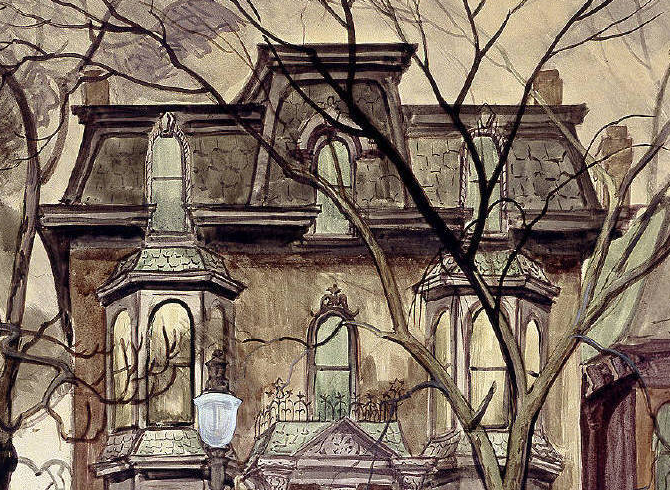
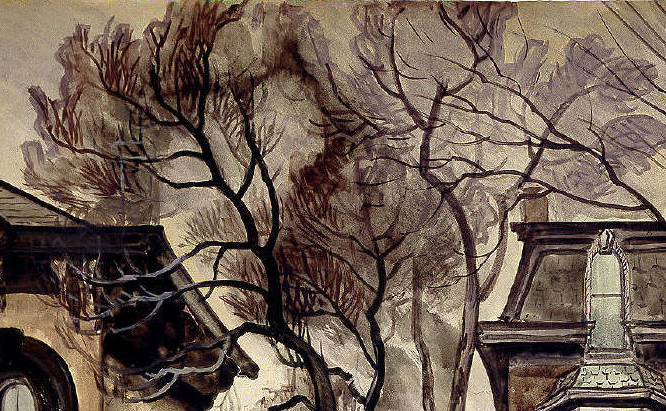
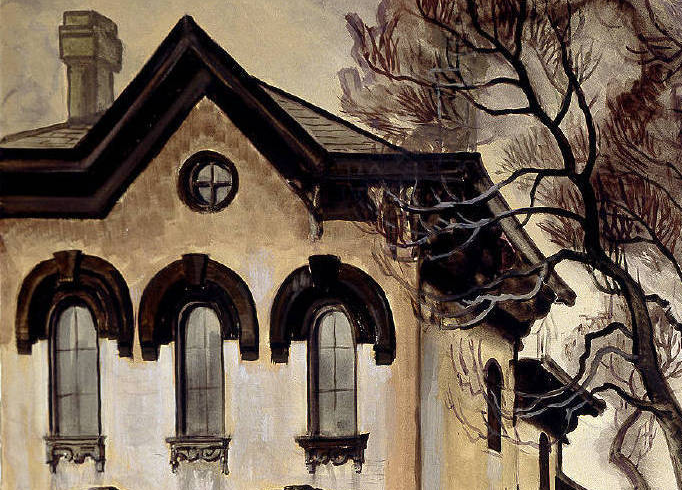
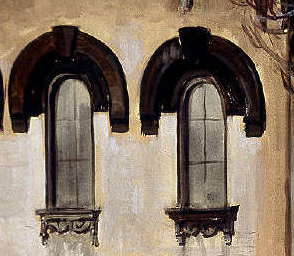
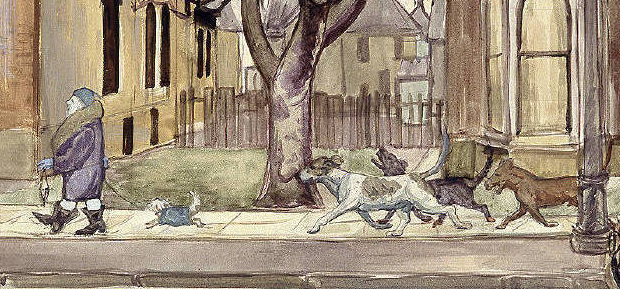
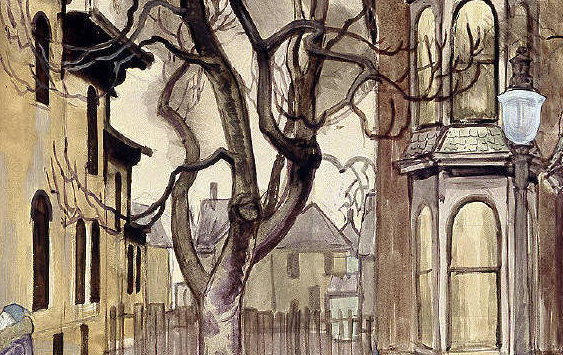

Charles Burchfield, In a Deserted House, ca. 1918-1939

Charles Burchfield, The Abandoned House, 1959

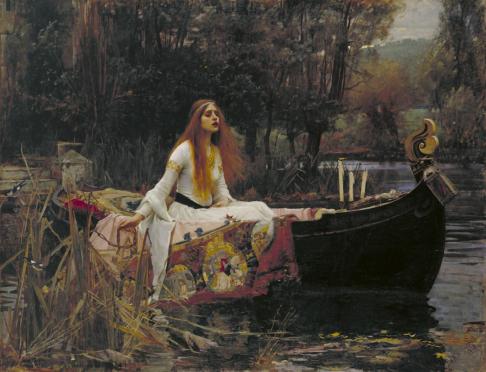

The Abandoned house looks terrified of the trees.
LikeLiked by 1 person
What a witty remark, makes me see the painting in a new light. And is a a lonesome house also a lonely house? Or does it enjoy its loneliness?
LikeLiked by 1 person
Another interesting artist I had not come across. Many thanks for your comments and I am delighted you enjoyed some of my posts. It’s really good we are able to share interests and learn from each other. Take care!
LikeLiked by 1 person
It really is great and I truly look forward to your interesting interpretations and opinions on novels I already find dear, I love to talk over and over again about my favourite books. Take care as well and have a nice week! 🙂
LikeLike